Geotechnical Engineering


PhD Fellow, NGI
Oslo, Norway | Oct 2024 - Present
Hybrid Monopile Foundations




Personal work
Offshore Wind Database


At Seaway7, a Subsea7 subsidiary focusing on offshore renewables, I worked a lot in applying Python and Machine Learning to analyze geotechnical data. I have been working on soil data interpretation, self-weight penetration, drivability, pile run, noise mitigation, and suction bucket installation.
Geotechnical Engineer Support, Seaway7
Zoetermeer, Netherlands | Aug 2023 - Aug 2024
Noise Mitigation
Nowadays, environmental impact such as noise has become a concern in offshore construction industry. There are regulation limiting the sound exposure level (SEL) around 165-175 dB in different scenarios with measurement conducted at 750m distance using hydrophones.
Offshore installation contractors are bounded to this regulation during foundation installation. One way to mitigate this is by using a specialized hammer, bubble curtain, HSD Net, AdBM, and other method available.
Another important thing is to be able to anticipate the SEL produced during installation. Therefore, I have been working to find out the correlation between SEL with some recorded data during installation such as hammer energy, pulse duration, peak sound pressure, hydrophone distance, pile length, pile penetration depth, and soil condition.
The goal is to find a general function to calculate the SEL, then try to simplify this general function to calculate the SEL before installation. By using linear regression, we get a function with R^2 of 0.86, while using 1 hidden layer with 20 neurons Neural Networks, we get a function with R^2 of 0.96. This has become a great way to predict the SEL.
Suction Bucket Installation
Suction bucket foundation has gaining its popularity in the offshore industry, where pumps is used for installation, which reduce the noise impact, can suit different loading conditions, and can be used in fixed and floating structures. This kind of installation is still a trending topic, as not a lot of project has been using it. Therefore, data and past experience has become valuable.
Seaway7 has installed 114 jacket foundations with suction bucket installation in Seagreen OWF Project, Scotland. It is the world deepest offshore wind foundation installed at a depth of over 58m. With these amount of foundations installed, there are a lot of data available to be analyzed as a knowledge and experience. Therefore, this become my first project in Seaway7.
So far, I've been working with a lot of this data to:
Backcalculate the soil permeability based on the installation data.
Creating a correlation between soil condition, depth, and total flow which is controlled during the installation to predict pressure differences (DP) and penetration rate. DP need to be checked as a constraint during installation while trying to get the fastest penetration rate as possible during installation. By using linear regression, we get a function with R^2 of 0.72, while using Neural Network, we get a function with R^2 of 0.81.
Pile Run Analysis
Common practice for installation of offshore monopile (MP) foundations is to attach the MP to crane using monopile lifting tool (MPLT), then let it penetrate with self-weight penetration (SWP) until the soil resistance is strong enough to hold the pile.
At recent Offshore Wind Farm (OWF) projects, it appeared that the soil resistance during SWP was very low at some locations after certain depth, causing a sudden pile run. During this condition, MP dynamic load suddenly increases which is undesirable and can be dangerous for the crane.
To avoid this situation, it has become key to identify pile run hazards prior to MP installation. This has become my internship project in Seaway7, where the goal is to:
Evaluate soil resistance calculation method for SWP
Validate and calibrate using historical as-build records for SWP
Improve and optimize the current method if possible
This project has been solved by analyzing the site investigation data, soil resistance to driving (SRD) method, and the dynamic effect.
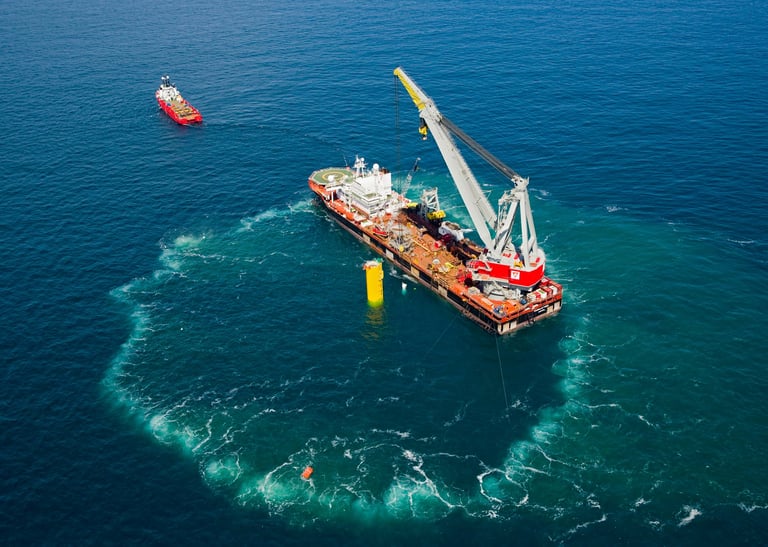

Credit: Seaway7

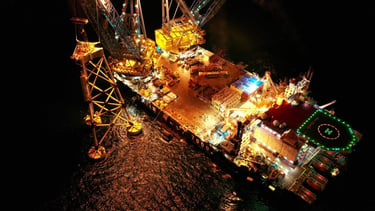
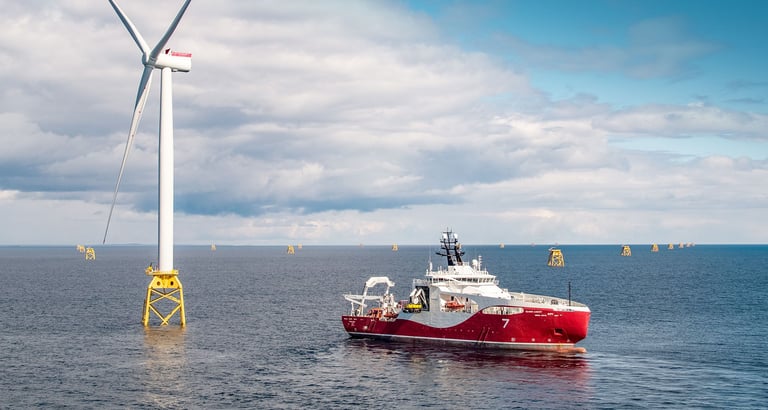

Credit: Seaway7


Example of Pile Run
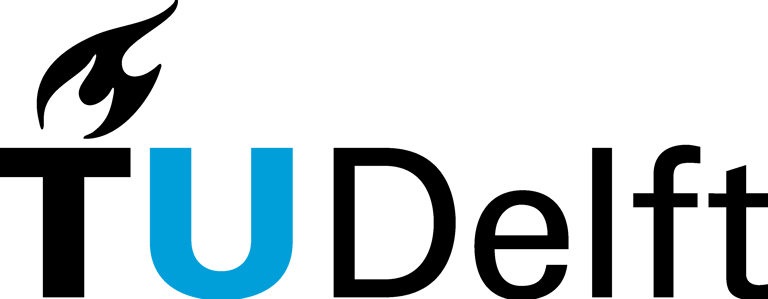

TU Delft has always stands as one of the best places for Civil Engineering. According to the QS Ranking 2023, it ranks globally at number 2, just after MIT.
I have always wanted to pursue my master's studies in the field of Civil Engineering, especially in Geotechnical Engineering. Therefore, it feels like a dream come true. Here, I have the opportunity to learn from top-notch professors, meet a lot of great people, gain invaluable experiences, and it has opened up numerous new opportunities for me.
Studying here has enabled me to think and envision more about the global scope of the geotechnical field, as compared to what I had known before in Indonesia, and to meet many renowned individuals from the industry. It still feels like one of the best decisions I have made in my life.
Master Thesis: Experimental and Numerical Analyses of Piled Raft in Granular Material
This is a really fun thesis for me since I will be working with PLAXIS3D using SANISAND-MS and Geotechnical Centrifuge, then compare the result. Probably the only opportunity where I can play around quite a lot with the centrifuge testing.
The first idea of this Thesis is that, there are a lot of bridges where retrofitting assessment need to be done since the earthquake code has changed a lot from the 60's. Most of these bridge foundation were built as a Raft Piled, but been designed as a Pile Group, where the raft should make a great contribution to the bearing capicity. How much is the contribution of the raft, and is the foundation still need a retrofitting after considering the contribution of the raft?
Since we are considering earthquake as a cyclic load, using SANISAND-MS as the constitutive model is a great choice. The miniature model which will be used in centrifuge will have a fiber optic along the piles to record the internal forces, and 100g will be used during the centrifuge testing.
Therefore in this Thesis, I will model Raft Piled foundation as Pile Group and another one where the raft is connected to soil to compare the load-displacement curve and internal forces of each piles. After that, I will validate the result using the centrifuge testing.
Advanced Soil Mechanics
This is a 15 ECTS module where we learned a lot about Mechanics of Deltaic Soils, Experimental Soil Mechanics, and Soil Dynamics.
In Mechanics of Deltaic Soils, we discuss a lot about peat, soft soil behaviour, SoftSoil and SoftSoilCreep model, liquefaction, and Material Point Method (MPM).
In Experimental Soil Mechanics, we learned a lot about laboratory testing using direct shear test, triaxial, bender element, resonant column, cylic torsional shear tests, physical modelling, image analysis, and experiment with geotechnical centrifuge.
In Soil Dynamics, probably this is the hardest compare to the other. We learned about cyclic/dynamic behaviour of soil, Fourier method to analyze 1D dynamic response, perform 1D seismic site response analysis, analyse wave propagation in multiple dimensions, discuss the formulation of cyclic plasticity model for soils, and evaluate the non-linear two-phase dynamic Finite Element simulations.
Along with the course, we did an overarching project regarding design of tunnel by encorporating what we have learned above.
Offshore Geotechnical Engineering
This is one of my favorite courses during the master, and I also consider to continue my engineering career in the offshore geotechnical field.
In this course, I learned a lot about general knowledge in offshore geotechnical, friction fatigue, the current developments such as PISA, suction bucket, floating wind turbines and anchoring methods.
Regarding the axial resistance, we learn to calculate using Alm & Hamre, Dutch Code, API, and the new Unified CPT Method.
In the lateral loaded pile design, we learn about pile rigidity where in Monopile, the L/D become smaller and smaller, that the pile become more rigid. The popular p-y method used in the industry is not accurate anymore since it was designed with flexible piles back in days. PISA project which at the end delivered an advanced p-y model by using 4 spring i.e. the distributed load, distributed moment, base shear, and base moment has become a more accurate way to design pile laterally. We also use the LAP module from Geocalcs which developed by Dr. James Doherty and Prof. Mark Randolph from UWA to predict the load-displacement response of piles.
There is also a visiting lecturer from Fugro talking about Marine Geology and how Fugro as one of the renown company in offshore soil investigation did the soil test either using CPT, Boreholes, and Geophysics.
Besides of Fugro, there are a lot of visiting lecturer such as Christian Olsen from Subsea7 talking about suction bucket, Sylvie and Bas from DEME talking about offshore installation, Maria from Deltares giving lecture on laboratory testing, and Ana Page from NGI talking about REDWIN model and monopile cyclic loading.
Master of Civil Engineering - Geotechnical Engineering Track, TU Delft
Delft, Netherlands | Sep 2022 - Present
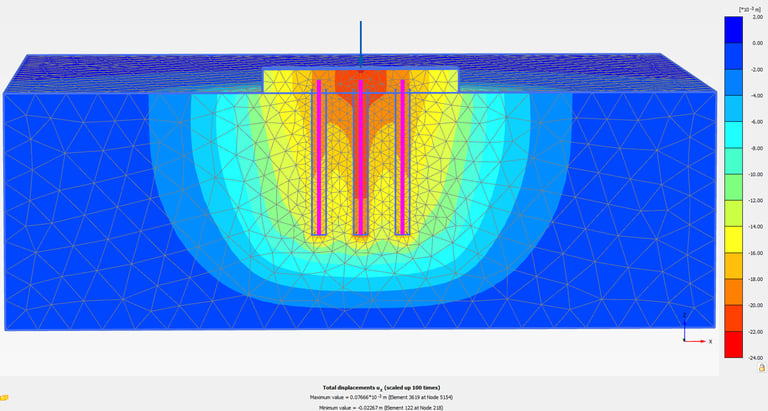

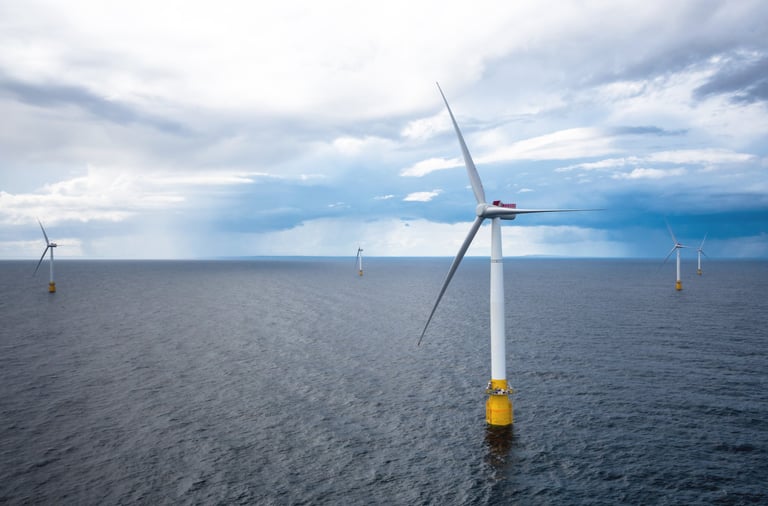

Personal Work on Piled Raft foundation in PLAXIS3D
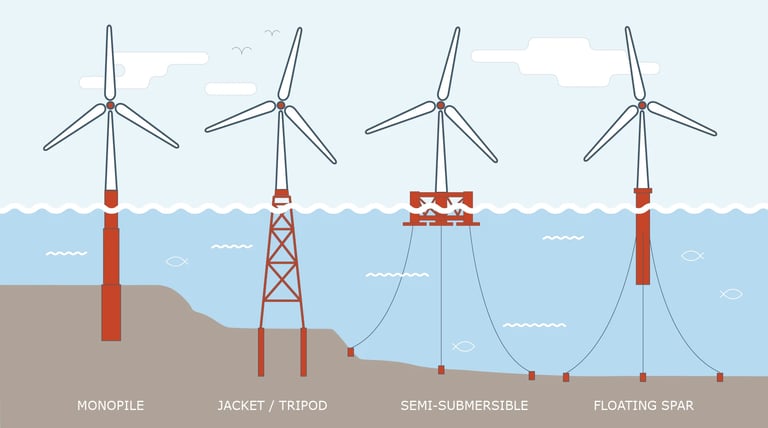

Source: StormGeo
Source: COWI
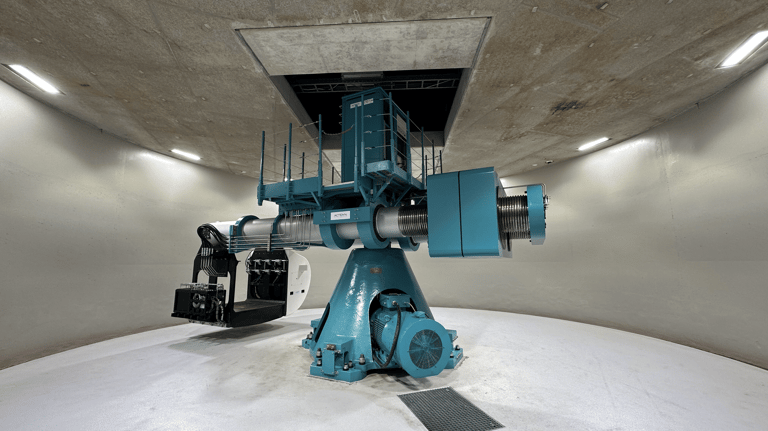

Personal picture, taken in Delatares
Base Geotechnical Engineering & Geotechnical Modelling
In these module, we learned about Theory and modelling of geo-processes, Testing and modelling of soil behaviour, foundations and excavations, Engineering geology, and Numerical modelling.
Along the module, we also did a design project involving construction of apartment building and an underground car park. This include soil investigation analysis, consolidation, foundation, and excavation design using PLAXIS2D and D-Sheetpiling.
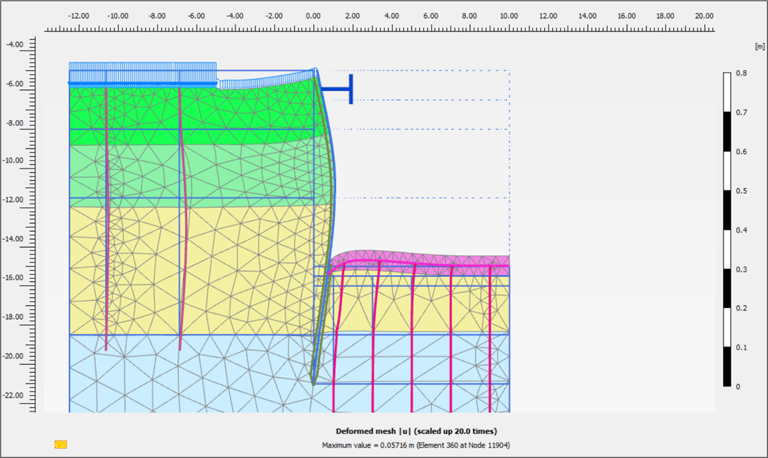

Personal work on deep excavation in PLAXIS2D

PISA Analysis
PISA is the current state of the art lateral analysis in monopile since the API conventional p-y method is not able to capture the soil-structure interaction in monopile with L/D < 5.
By using PISA method which can be calibrated and validated with 3D FEA, the result produced is way more realistic.
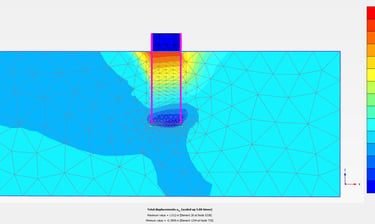



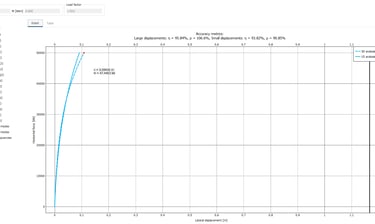

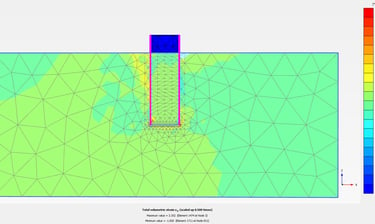

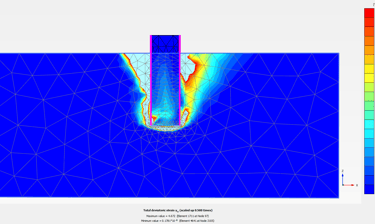


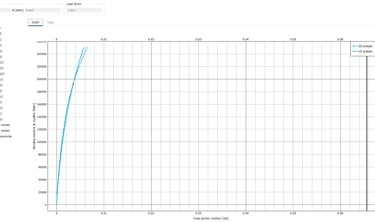
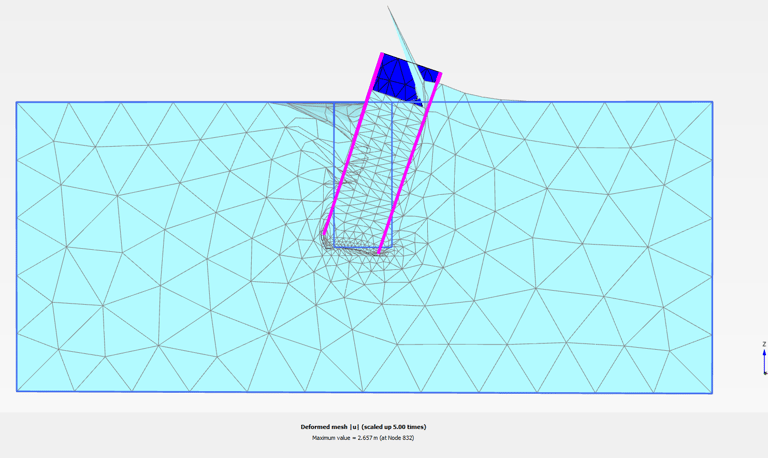

Personal work in Monopile Lateral Analysis in PLAXIS Monopile Designer

CPT AGS Processor
This is a program that I create to analyze CPT data from AGS. By processing the CPT result from AGS, this program calculate and plot the soil parameter, robertson chart, and soil resistance to driving (SRD) using Alm&Hamre (2001) and Unified CPT (2020).
Personal software for Geotechnical Engineering Analysis
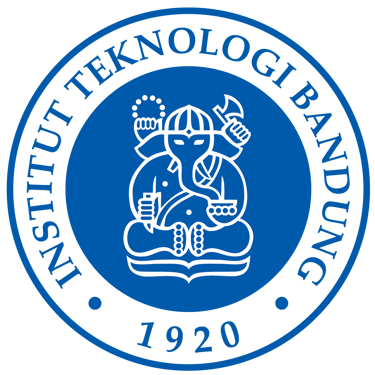

Bandung Institute of Technology (ITB) is one of the best technical university in Indonesia. It's globally ranking 281 based on QS Ranking 2024.
This is the first place where I encounter geotechnical engineer through a lot of ups and downs, met a lot of renown professor in Indonesia, and give me the idea of how cool it is to be an expert in this field.
Bachelor of Civil Engineering, Bandung Institute of Technology (ITB)
Bandung, Indonesia | Aug 2017 - Jul 2021
Final Project: Geotechnical Planning of Kuala Samboja Port
This is a fun project where I was given a real life study case for a port in Indonesia. Infrastructure needed in this project including a jetty and trestle bridge, reclamation land, embankments, and retaining wall with the top 5-8 m consists of soft clay layer.
Therefore, I designed some driven pile considering the axial and lateral using Ensoft GROUP, then embankment using PVD and step loading, then retaining wall using GeoStudio Slope/W.
Soil Improvement of Tanah Grogot Airport Runway (Competition)
This is also a fun project where we were given an assignment to design the base for an airport in Indonesia, where the top 15-20 meters only consists of very soft and soft clay. A lot of ground improvement need to be done before building the runway.
In this case, we anticipated some problem, namely consolidation (and it's duration), and bearing capacity. Therefore, we proposed 2 alternatives using concrete column and geosynthetic-encased granular column + PVD + step-preloading.
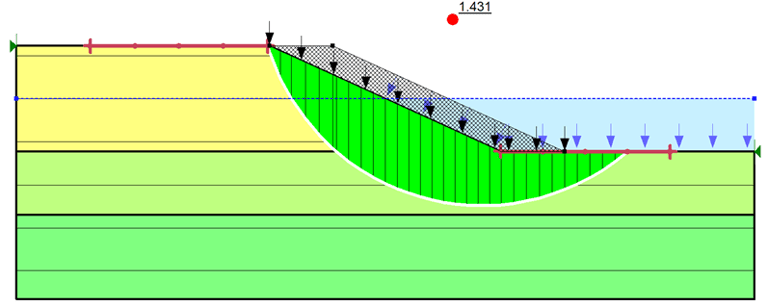

Personal work on slope stability analysis usingGeoStudio Slope/W

This is our presentation in Indonesian. It's quite a funny one.


Terracon Consultants Inc. is a consulting engineering firm based in United States specializing in environmental, facilities, geotechnical, and materials services. It has more than 6,000 employees in more than 175 locations serving all 50 states in US.
Geotechnical Engineer Intern, Terracon Consultants
Arizona, United States | Oct 2020 - Dec 2020
East Line Solar Project, Arizona
East Line Solar is a solar based power plant area in Arizona. To support the solar panel, pile is used in order to increase the bearing capacity of the foundation. However during the piling process, 37 piles are hitting refusal and 5 of the refused piles were accidentally cut to premature size.
Our internship project was to check and validate the axial and lateral of those refused pile within the given requirement.
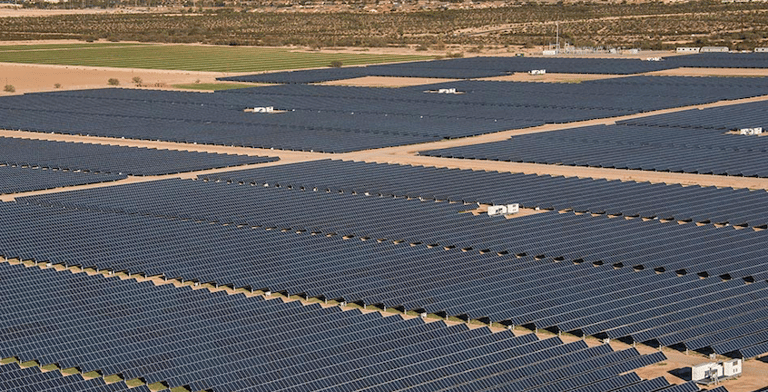

AI Application
Data Science and Artificial Intelligence for Engineers (DSAIE) Course
This is a crossover course provided in TU Delft as part of Civil Engineering Master.
In this course, we learned a lot on Machine Learning Fundamentals and Deep Learning.
In the Machine Learning Fundamentals part, we learned on:
Regression with k-Nearest Neighbors, Decision Theory and Loss Function, Linear Basis Function Model, Regularization and Stochastic Gradient Descent (SGD), and Feedforward Neural Networks
Bayesian Regression including Linear Basis Function Model and Active Learning
Classification with Discriminant Models, Logistic Regression, and Neural Networks
Kernel Methods including Gaussian Processes and Empirical Bayes
Clustering and Mixtures with k-Means Clustering and Gaussian Mixtures
Generative Learning with Probabilistic PCA and Variational Autoencoders
In Deep Learning part, we learned about:
The basic of Deep Learning and Curse of Dimensionality
Convolutional Neural Networks (CNNs) from the basic of convolutional and pooling, augmentation, batch learning, transfer learning to utilizing ResNet for Classification and YOLO
Recurrent Neural Networks (RNNs) from the hidden state, shared parameters, and architecture to LSTM and GRU, and utilizing it to make prediction on Water Demand Forecasting
Physics Informed Neural Networks (PINNs) from how it works, the loss function, to solving a 1D Damped Harmonic Oscillator problem
PLASTIC Project - Collaboration with Noria Sustainable Innovators
PLASTIC is an object detection project designed to identify garbage across the 10 most commonly found OSPAR categories using YOLOv8 in collaboration with Noria, a startup based in Delft. In this project, we have trained a model with precision of 88%, Recall of 87%, and mAP50 of 93%.
In addition to that, we have also created a main code to count the objects based on their class.
Traffic Counting Project in Indonesia
This is an independent work where back in Indonesia, I received many traffic counting projects where the counting were carried out by humans. By using AI, the accuracy has greatly increased, and human error can be avoided. The following is an example of its application.



General Engineering
Short-term Expert
GFA Consulting Group, Germany | Dec 2021 - Jan 2022
With GFA Consulting Group, I handled two Environmental and Social Impact Assessment for Financing Energy for Low-carbon Investment - Cities Advisory Facility (FELICITY) Project as short-term expert, specifically for Batam and Makassar BRT Project in Indonesia. During this project, I gathered information about land acquisition, affected households, and vegetation removed if the project is executed.
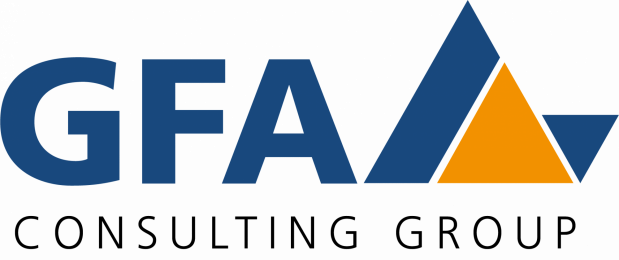

Survey Coordinator
Freelance | Jun 2021 - Jul 2022
This is a small business project where during that time, my team has received and worked on 8 tranportation survey projects, namely the Jakarta MRT ATP/WTP Survey, Jakarta LRT ART/WTP Survey, Bandung Public Transport Traffic Counting and others.
In all these projects, my responsibilities include budget allocation management, timeline management, human resource management, coordination between stakeholders, site control, and reporting.




Process Engineer
Pegatron | Jan 2022 - Jul 2022
Pegatron is a subsidiary company of Asus which engaged in electronic manufacturing for foreign company. With Pegatron, I worked with Chinese expatriate and handled quite a lot of projects from Europe and Japan company. Most of my work is related to check and analyze Surface Mount Technology (SMT) process, create new project report, and contact directly to vendor about technical issue.


Other Experience
High School Olympiad Teacher
Freelance | Sep 2017 - Dec 2021
My background as a High School National Astronomy Science Olympiad medalist has led me to teach at over 15 schools for city, province, and national levels competition across Indonesia. Furthermore, I also served as a national training tutor for international selection in 2017.
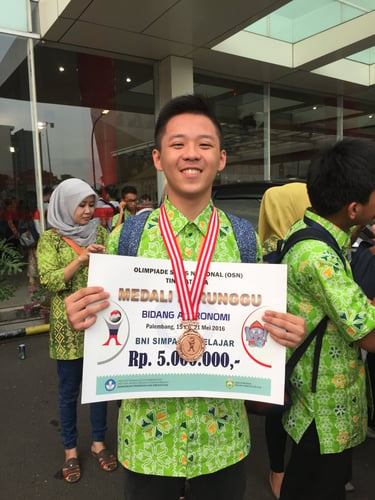

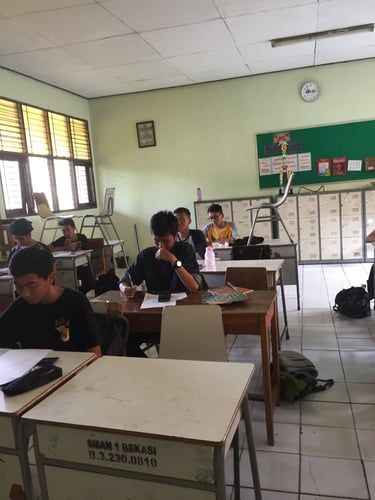

Teaching Assistant
Bandung Institute of Technology | Aug 2019 - Dec 2019
Teaching assistant of Numerical Method for Patria Kusumaningrum, S.T, Ph.D. In this lecture, I helped to teach linear equation method (Cramer, Gauss - Jordan, Cholesky, Jacobian), non-linear equation solver (Bisection, Newton-Raphson, Secant), interpolation method, and give tutorial in Excel and Python.
Technician
CV Goldstart Alumindo Jaya | Jun 2020 - Jul 2020
During this 2 months, I learned a lot about architectural crafting especially in steel, aluminum and glass related material.
My main activity include crafting window, door, wardrobe, table, aquarium, etc.
Beside is one of the furniture that I made :)
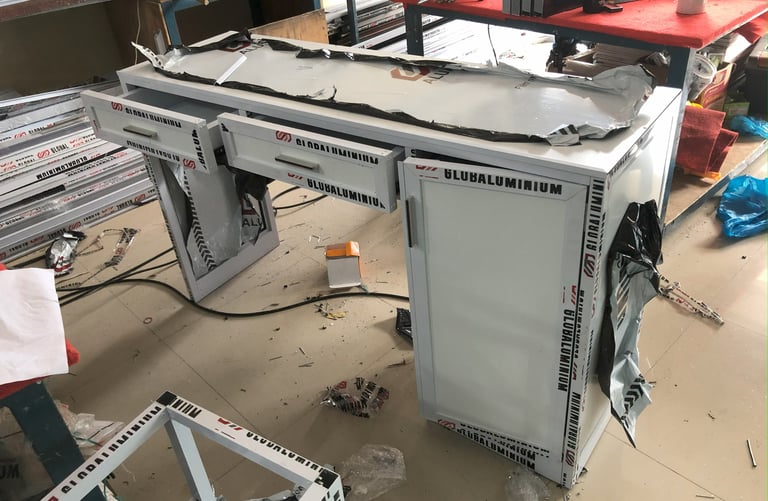


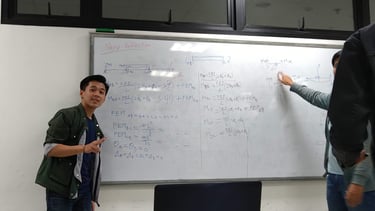
UI/UX Design
Freelance
I've designed two UI/UX, where one is for a construction marketplace, while the other one is for carbon offset project.

Business Experience
To clarify, I love to do business and most of the business I've is a short term project which is to fulfill my hobby or when I found an opportunity.
AMATI
adsaasd
kulit
adsaasd
pindahan
adsaasd
jam
adsaasd
jersey
adsaasd
